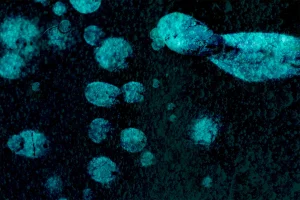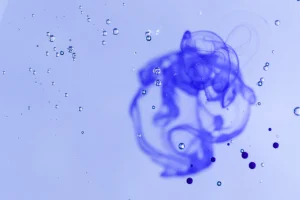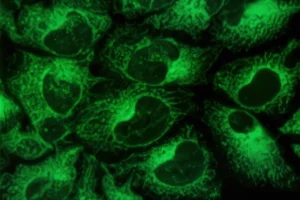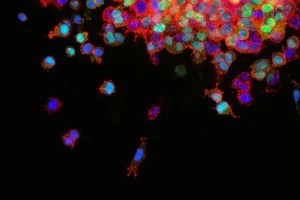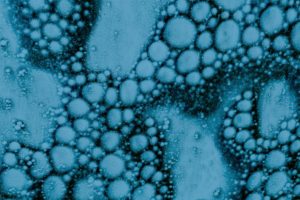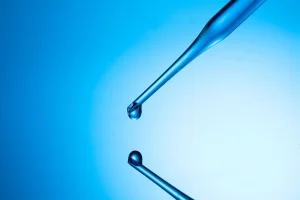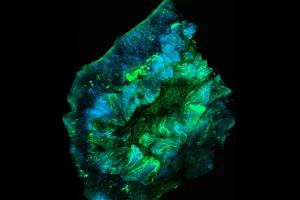(Colorimetric Method) (E-CK-A383)
Caspase 3, also known as CPP32, Yama or apopain, belongs to the CED-3 subfamily of the caspase family. It is a key enzyme in the process of apoptosis and the most studied caspase in mammalian cells. Caspase 3 exists in the cytoplasm in the form of zymogen under normal condition and has no activity. In the stage of apoptosis, caspase 3 is activated, and the activated caspase 3 consists of two large subunits and two small subunits, which cleaves the corresponding cytoplasmic and nuclear substrates and ultimately leads to apoptosis. This caspase 3/7 activity assay kit is based on caspase 3/7 that can catalyze the substrate Ac-DEVD-pNA to generate yellow pNA (p-Nitroaniline). The pNA has a strong absorption near 405 nm, The activity of caspase 3/7 can be calculated by determining the absorbance at 405 nm.
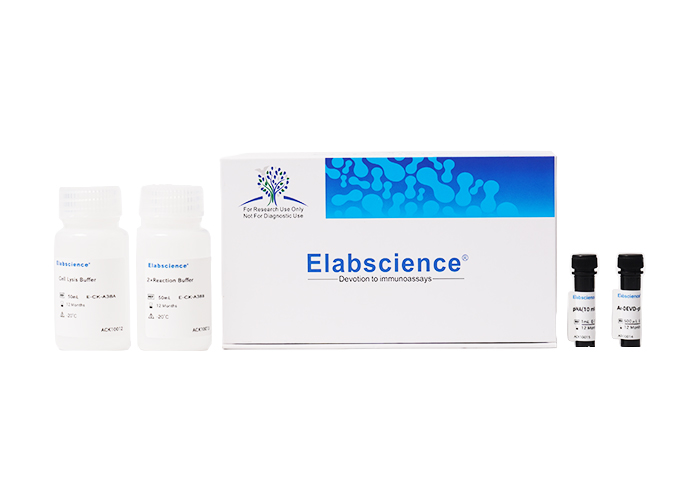
Promotion
Unlock the Power of Apoptosis Research Caspase 3/7
Activity Assay Kit
| Item | Size | List Price | Promo |
| E-CK-A383 | 100 Assays | 228,00 € | 171,00 € |
| E-CK-A383 | 50 Assays | 136,00 € | 102,00 € |
| E-CK-A383 | 20 Assays | 68,00 € | 51,00 € |
Caspase 3/7 Activity Assay Kit

Elabscience Caspase 3/7 Activity Assay kit was succesfully used to measure and compare Caspase 3/7 activation on patient-derived organoids (PDO), treated for 48 h with quercetin (QER), epigallocatechin gallate (EGG) and fisetin (FIS) at their corresponding IC50 (previously determined). PDO were generated from colorectal adenomatous polyps of subjects with Familial Adenomatous Polyposis (FAP). Colorimetric determinations were performed on a TECAN spark microplate reader (Tecan Trading AG, Switzerland). Fold change in Caspase 3/7 activity was calculated following the manufacturer instructions. Activity was adjusted according to the protein content, determined with a Bradford assay. All data were normalized to the mean of the untreated group. Statistically significant differences when comparing treated FAP-PDO with untreated controls are indicated with ** = p<0.01, * = p<0.05.
This figure was first reported as Figure 2C in:
Illescas O, Belfiore A, Varinelli L, Battistessa D, Zanutto S, Brignola C, Segrado F, Cafferati I, Ricci MT, Sabella G, Milione M, Ladisa V, Signoroni S, Vitellaro M, Pasanisi P, Gariboldi M. Effect of anti-inflammatory molecules from food on organoids derived from adenomatous polyps of FAP subjects. Tumori. 2024 Oct 27:3008916241291301. doi: 10.1177/03008916241291301. Epub ahead of print. PMID: 39462833.
